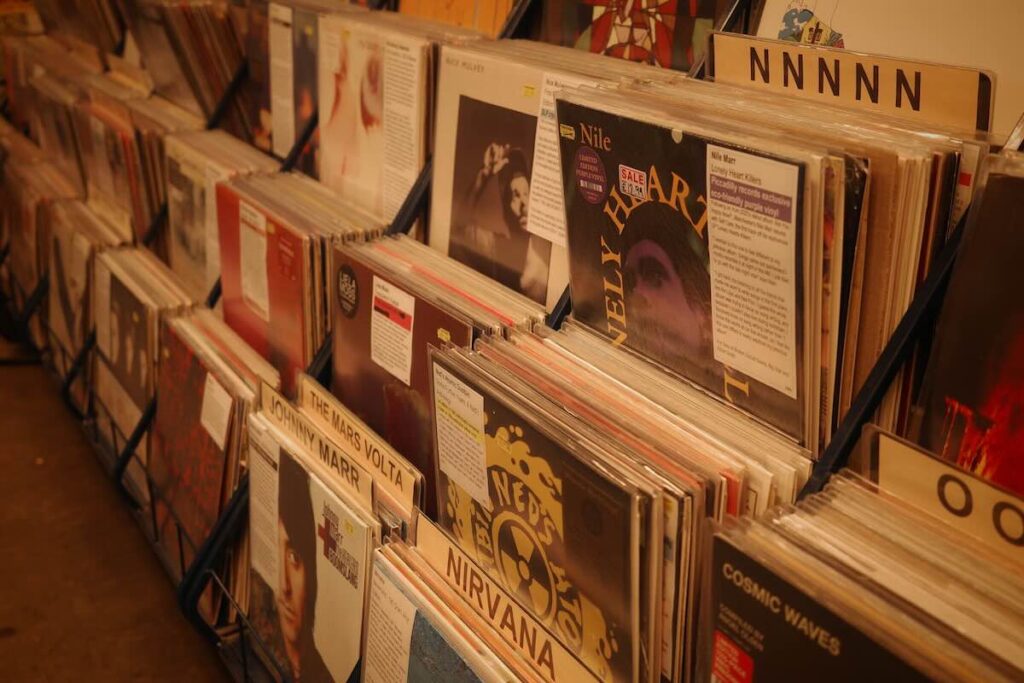The Eras of Popular Music: New data comes with big surprises
Most people define music eras by decade, but new data from over 21,000 Billboard hits tells a different story. The real shifts in the eras of popular music happened at unexpected times and in surprising ways.
The Eras of Popular Music: New data comes with big surprises
by Bobby Owsinski via Music 3.0
Most people identify an era of music by time period, and more precisely, by the decade in which it was created. For instance, the 50’s were rock and roll, the 60s were British Invasion, the 70s were rock, the 80s New Wave Brit Pop, the 90s grunge, and so on. That may outline a general era of music, but Pandora recently released MGPHot³, a dataset of 21,000+ Billboard Hot 100 songs spanning 1958 to 2022, that identifies the eras more with more precision, and they’re probably not what you expected.

MGPHot identified 3 major eras of popular music with 2 sub-eras, but didn’t break it down in popularity as much as in the way popular music actually changed. They are:
1964 – Beatlemania
Music changed from primarily a 6/8 or 12/8 time signature — where eighth notes are felt as part of a triplet grouping where the music had a ‘swinging’ or lilting quality. In 1964 the feel shifted toward straight eighth notes in 4/4 time, which you can hear in “I Want To Hold Your Hand.” This became the primary feel for the next 50 years.
1983 – Synthesizers
There’s no doubt that music changed in a big way in 1983 as synthesizers became the sound of popular music. Even guitar players were playing synthesizers, and when there were guitars on a record, the loud Marshalls were replaced by the sweet Roland Jazz Chorus sounds.
1991 – Grunge And Boy Bands
This is considered more of a minor era, but thanks to Nirvana, guitars came back in a big way in 1991 on one end of the musical spectrum, but on the other you had R&B with Janet Jackson and the beginning of the boy band craze with the Backstreet Boys, NSYNC and New Kids On The Block.
2007 – Happy Lyrics
Researchers found another minor era in 2007 with a return to happy lyrics, but a shift away from songs with big harmonies.
2016 – The Big Change
MGPHot researchers found big changes in harmony, vocals, lyrics, and a move away from riffs and elaborated song forms in 2016. More importantly, they found a distinct loss of melodic focus while lead vocals became more nasal and less expressive. Plus there was a major increase in explicit language during this period.
I would also argue that the rise in songs built around loops and samples and an increase in the number of songwriters and producers for each song began to produce music that sounded very homogenized. Song forms in this era changed so there were no more intros, outros, solos and bridges, which made the songs much shorter and better for short attention span streaming.
2023 – Enter AI
This era wasn’t not included in the MGPHOT research, but had it included a few more years in the survey I bet it would have.
I was listening to the radio the other day and a song came on where I couldn’t tell if it was AI-generated or a real artist. AI has completely changed the game in terms of music creation to were you no longer have to be skilled in music or using computers to generate not only music, but virtual artists and personas that rival humans.
My feeling is that at some point soon we’ll all get tired and bored with the sameness of current music, whether it’s AI or human-generated, and look for real authentic artistry again. Mistakes will actually be a badge of honor as it helps separate the human art from that of the machine.
This will happen sooner than you think as the pushback against AI on all levels is already happening already. AI has proven to be extremely good at polishing our creativity, but it hasn’t proven it can generate a truly creative spark so far, and that’s what we humans deep down want to experience.
The message here for artists, musicians, songwriters, and producers is don’t give up. The eras of popular music listed above are just the beginning. We’ll look back at this current era soon and wonder how we all got sucked in to artistry with so little soul.
Bobby Owsinski is a producer/engineer, author, blogger, podcaster, and coach. He has authored 24 books on music production, music, the music business, music AI, and social media.